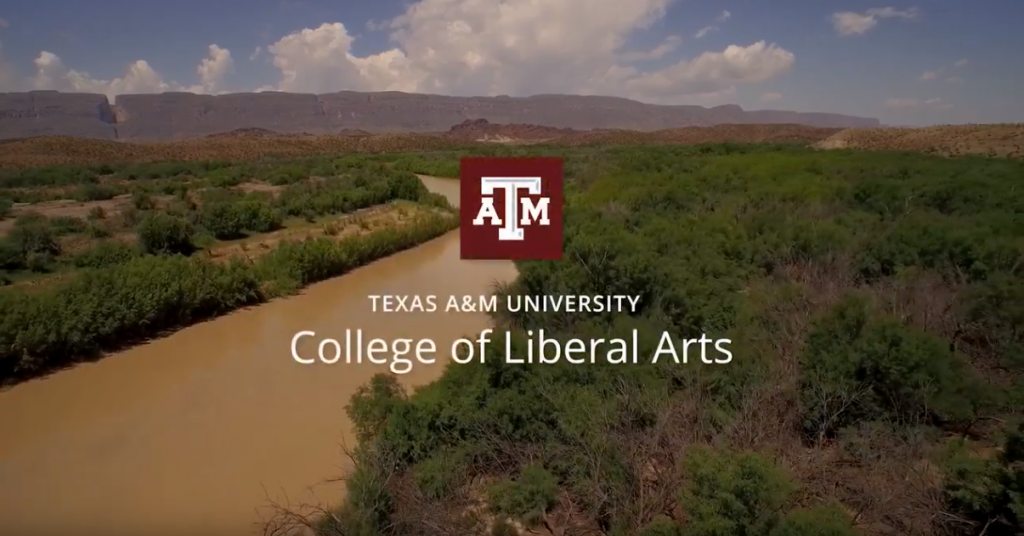We Are Liberal Arts: Learning without borders
In this new video, we take a look at the opportunity history associate professor Sonia Hernandez is giving students to study one of the most misrepresented corners of our nation, the borderlands.

By Alix Poth ’18
The U.S. and Mexico border is a breeding ground for debate in American politics, with unending talk about the proposed border wall. According to a survey in 2018, Pew Research found that “the vast majority of immigrants in the U.S. are in the country legally—but fewer than half of Americans know that’s the case.”
There may be a vast lack of understanding of what life actually looks like along these “borderlands,” with which comes a greater chance of misrepresenting reality. Department of History associate professor Sonia Hernandez sought to be a part of the solution to close the gap of the borderlands’ misunderstanding.
Beginning in the fall of 2018, Hernandez, along with Francisco Olivera from the College of Engineering, will use funding from a $289,000 Tier One grant for the next two years to bring together students from different majors to study the Texas and Mexico borderlands region. This past spring, TAMU Law School’s Luz Herrera also participated with a group of fifteen law students.
“Students work collaboratively on projects related to the border from different disciplinary angles, with an opportunity to know one of the most misrepresented corners of our nation,” Hernandez said about the project, which includes the course Mexican-American History. “At the same time, they get to learn to appreciate cultural differences as field researchers and observers. It’s learning without borders.”
“Students work collaboratively on projects related to the border from different disciplinary angles, with an opportunity to know one of the most misrepresented corners of our nation. It’s learning without borders.”
The counties in the South Texas borderlands are home to more than 1500 current and former Texas A&M University students. One economics student, Diana Mercado ‘19, traveled to the borderlands this past year as a part of the course.
“We are all influenced by the people we talk to or the media we see,” Mercado said. “We have this one image the way the world is, but it’s not until you actually get there that you see how everything interlocks.”
Similarly, Hernandez believes the borderlands are part of the greater narrative of American history. “The borderlands are not this monolithic thing. Everything is interrelated, so we can’t understand the region in isolation,” she said.
The bulk of the grant will fund the three-day trip to the borderlands every spring, where approximately 100 students conduct field research that will be shared on a project website. Students develop brochures and reports on topics related to the U.S.-Mexican borderlands that cover disaster relief, immigration policies, and education, among other issues.
“This is a transformational learning and research opportunity that will get students to interact with each other outside of their majors,” Hernandez said. “It’s bridging the gap between the hard sciences and the humanities. Students will also have the opportunity to interact with border residents and workers. I think we’re going to produce a new kind of research.”
Learn more about transformational learning at the borderlands by watching the video here.
